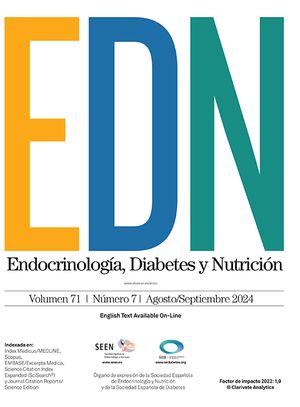El ayuno es la situación metabólica existente por la mañana después de una noche sin comer. Ante la falta de ingreso de nutrientes, el organismo pone en marcha unos mecanismos conducentes a la producción de sustratos energéticos que aseguren el metabolismo cerebral y otros órganos vitales, y disminuye simultáneamente el consumo periférico, con el objetivo teleológico de la supervivencia. Si el ayuno se prolonga en el tiempo, los procesos metabólicos van cambiando en sus características cualitativas y cuantitativas, de manera que se modifican los productos energéticos consumidos (glucosa, ácidos grasos libres y cuerpos cetónicos), disminuye globalmente su oxidación y tras la depleción inicial de glucógeno hepático y muscular y el catabolismo proteínico, la fuente principal de glucosa es el hígado mediante la gluconeogénesis. Los sustratos provienen inicialmente del catabolismo proteínico y la lipólisis, pero más adelante la destrucción proteínica se ralentiza, maximizándose la lipólisis. En los últimos años se han producido avances en el conocimiento de los mecanismos implicados. Así, se conoce mejor el umbral de glucemia necesario para comenzar la cascada de eventos. Pero, sobre todo, el descubrimiento de la leptina, la implicación del neuropéptido Y, los amplios y diversos cambios hormonales, así como sus repercusiones sobre variados aspectos del metabolismo, están ayudando a comprender los mecanismos íntimos del ayuno.
Fasting is the metabolic state that occurs in the morning after a night without food intake. Due to the lack of nutrients, the body activates mechanisms to produce energy substrates that ensure metabolism of the brain and other vital organs. At the same time, with the teleological aim of survival, peripheral consumption is reduced. When fasting is prolonged, the metabolic process changes qualitatively and quantitatively: the energy products consumed are modified (glucose, non-esterified fatty acids, ketone bodies), their oxidation is globally diminished and, after the initial depletion of hepatic and muscular glycogen and protein catabolism, plasma glucose is maintained by gluconeogenesis, a process that depends mainly on the catabolism of muscle and adipose tissue. Subsequently, muscle catabolism slows down, maximizing lipolysis. Recently, our knowledge of the mechanisms involved in fasting, such as the glycemic threshold required to begin the metabolic cascade, has increased. However, in particular, new fields of knowledge that are leading to greater insight into the intrinsic mechanisms of fasting are the discovery of leptin, the involvement of neuropeptide Y, the wide and varied hormonal changes that occur and their effects on several aspects of metabolism.




